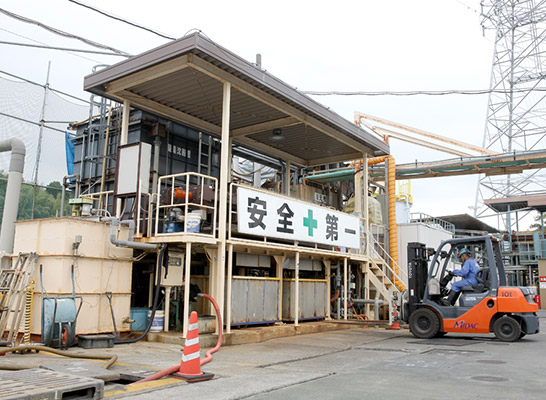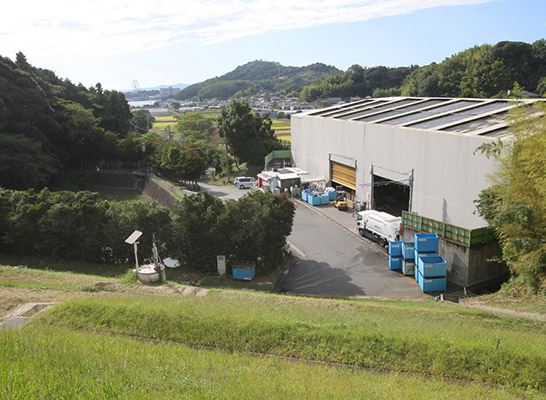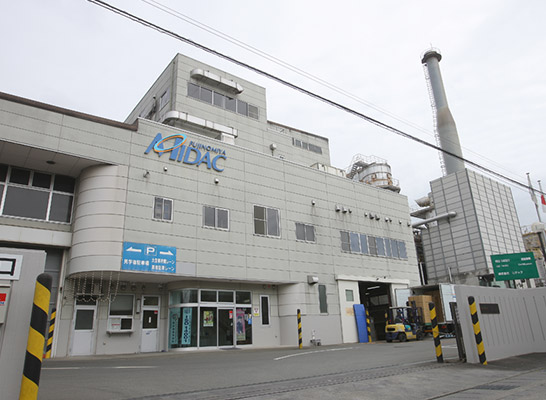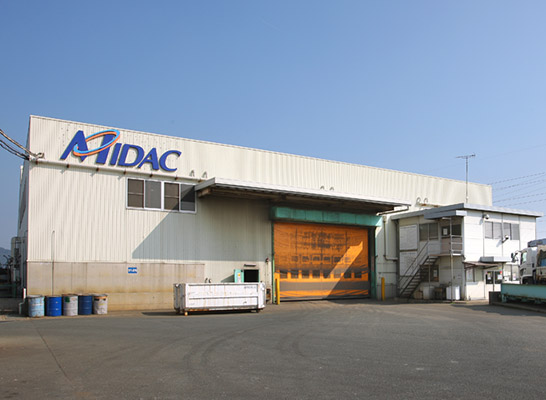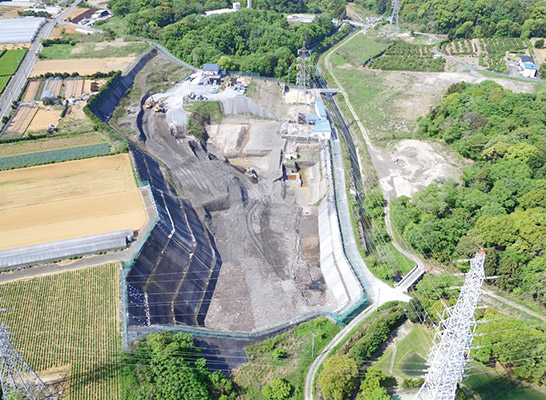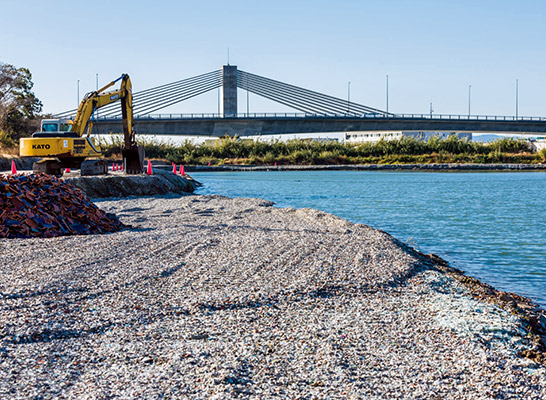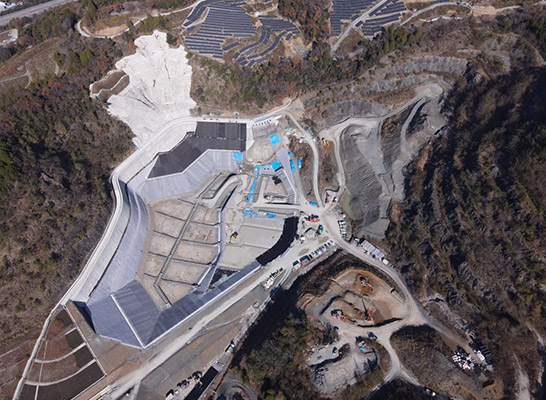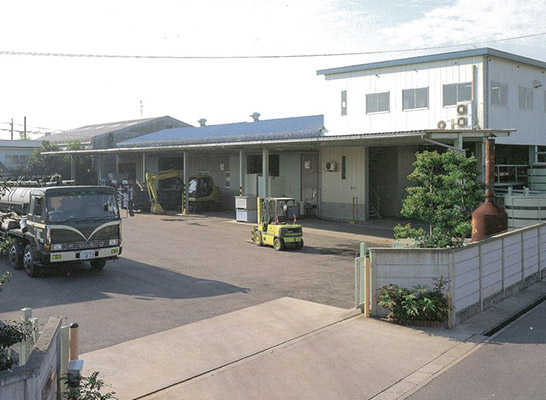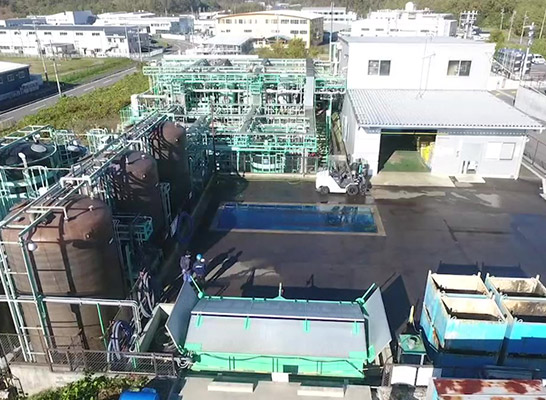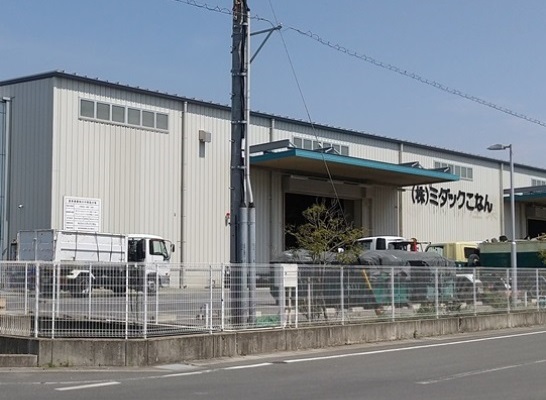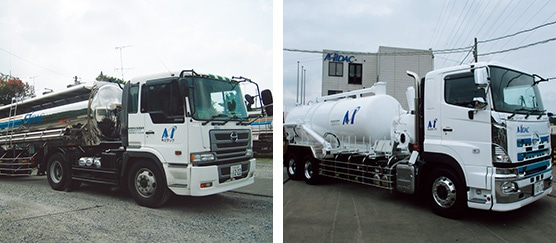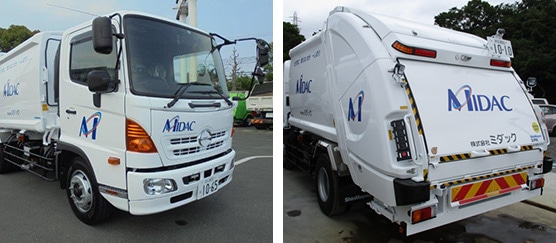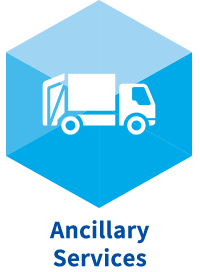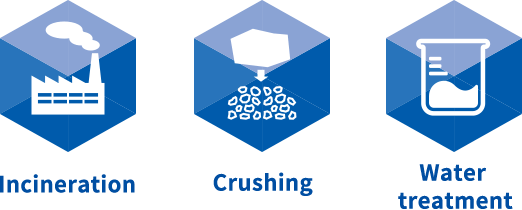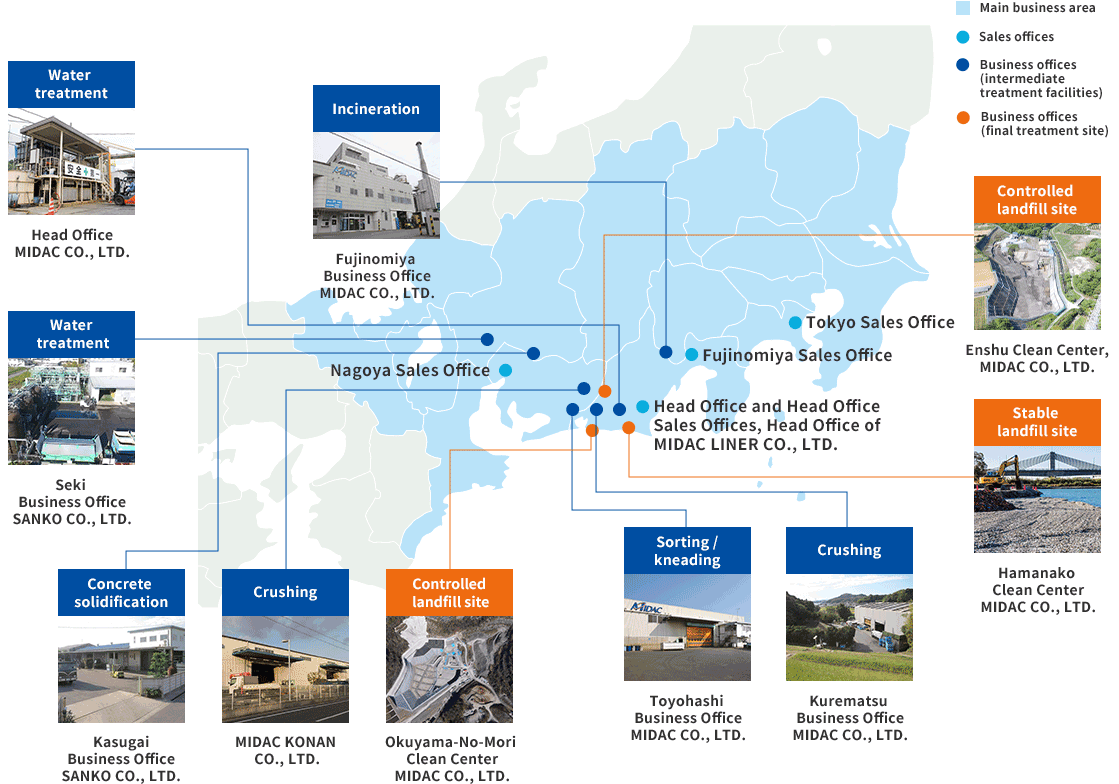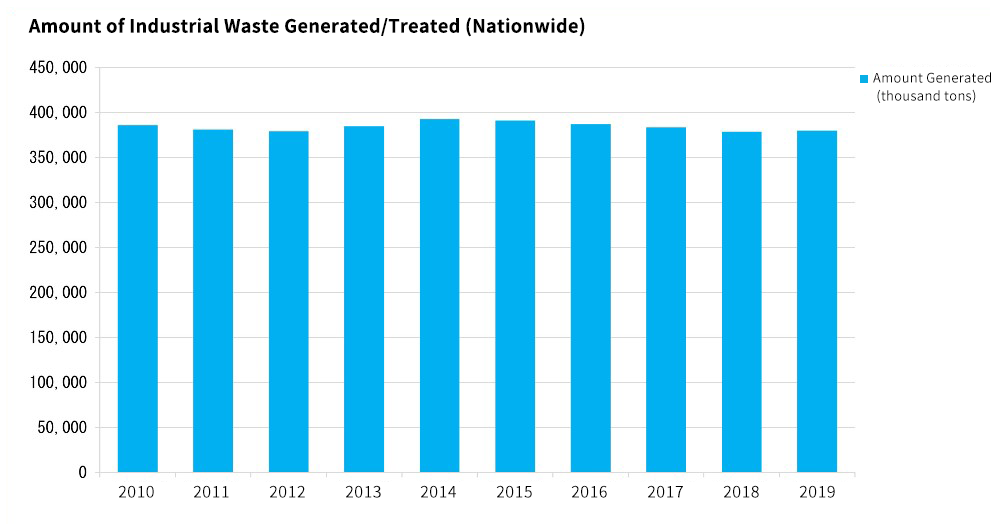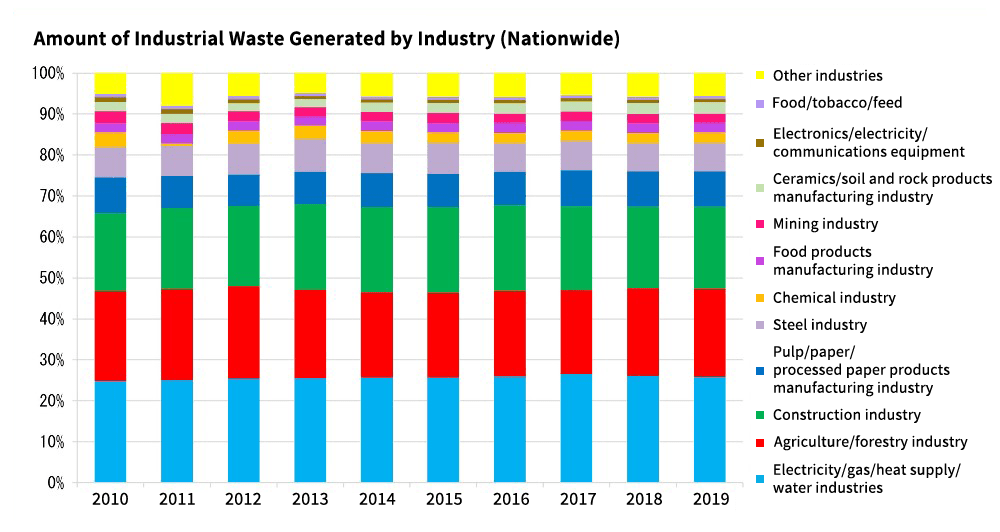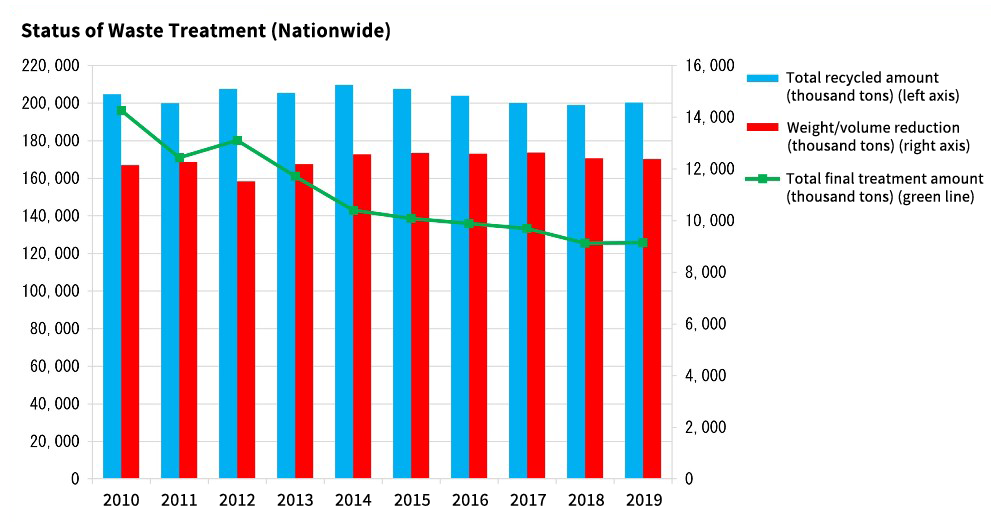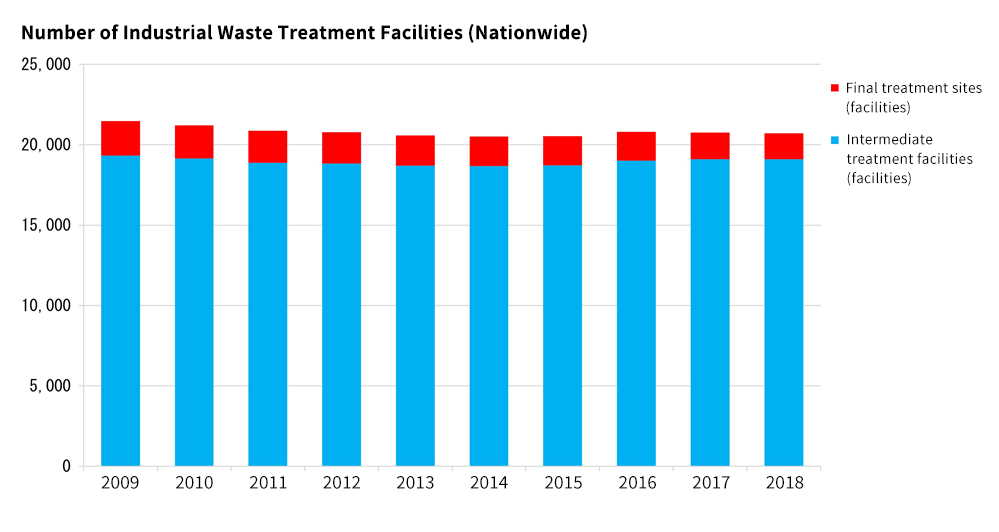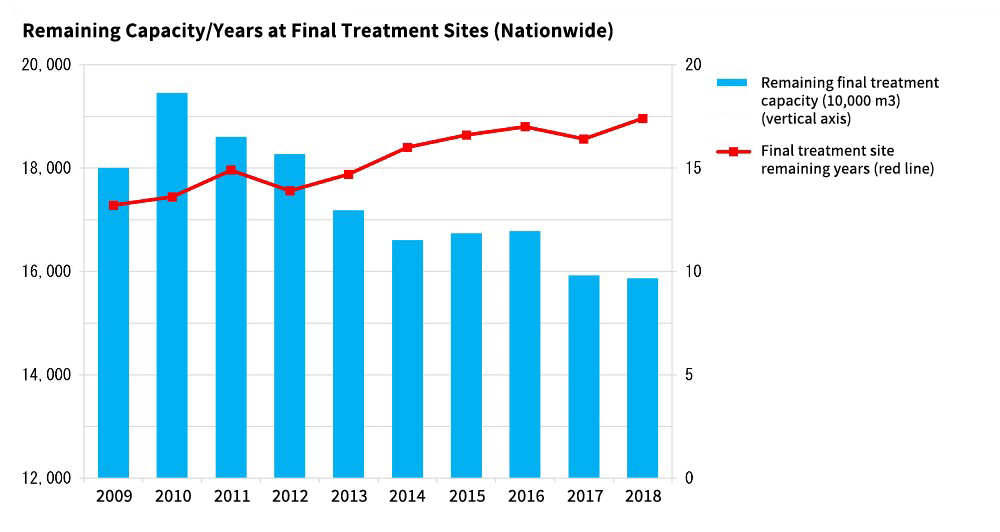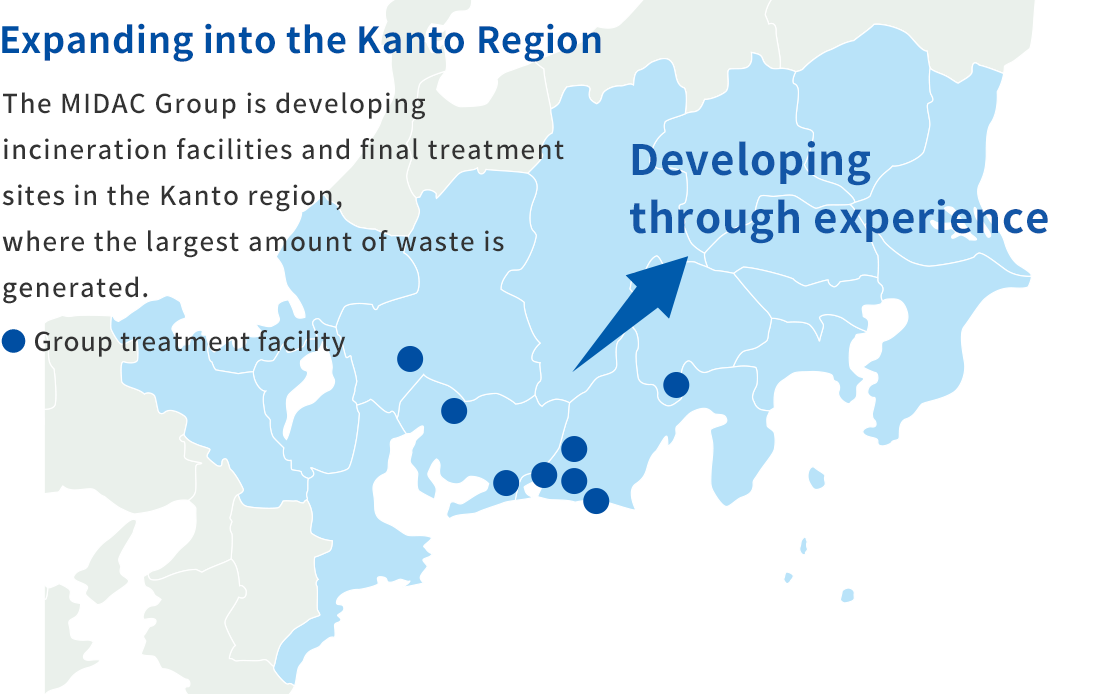| Type |
Explanation |
|
Cinders
|
Coal waste, incinerator ash, furnace cleaning waste, other incinerator residues, waste activated carbon, etc. |
|
Sludge
|
Mud-like substances discharged from factory wastewater treatment and manufacturing processes, construction sludge, sewage sludge, and water purification plant sludge, etc. |
|
Waste oils
|
Mineral oils, plant and animal oils, lubricating oils, cleaning oils, cutting oils, fuel oils, solvents, and tar pitches, etc. |
|
Waste acids
|
All acidic waste liquids such as photographic fixing waste liquids, waste sulfuric acids, and waste hydrochloric acids, etc. |
|
Waste alkalis
|
All alkaline waste liquids such as photographic development waste liquids, waste soda liquids, and metallic soap waste liquids, etc. |
|
Rubber waste
|
Raw rubber and natural rubber scraps |
|
Metal waste
|
Grinding shavings, cutting scraps, and scrap metal, etc. |
|
Glass shards, concrete scraps, and ceramic shards
|
Waste glass shards, brick shards, waste gypsum boards, cement scraps, and ceramic shards, etc. (Concrete waste excludes waste generated from new construction, renovation, or removal of structures) |
|
Slag
|
Residue from converter furnaces, blast furnaces, melting furnaces, cupola slag, and inferior ore, etc. |
|
Waste plastics
|
All solid and liquid synthetic polymer compounds such as synthetic resin scraps, synthetic fiber scraps, and synthetic rubber scraps (including waste tires) |
|
Debris
|
Concrete and asphalt debris and bricks (concrete debris generated by new construction, renovation, or removal of structures, and similar unwanted items) |
|
Dust
|
Dust generated at soot and smoke generation facilities, (dioxin) specified facilities, and industrial waste incineration facilities, and gathered by dust collection facilities |
